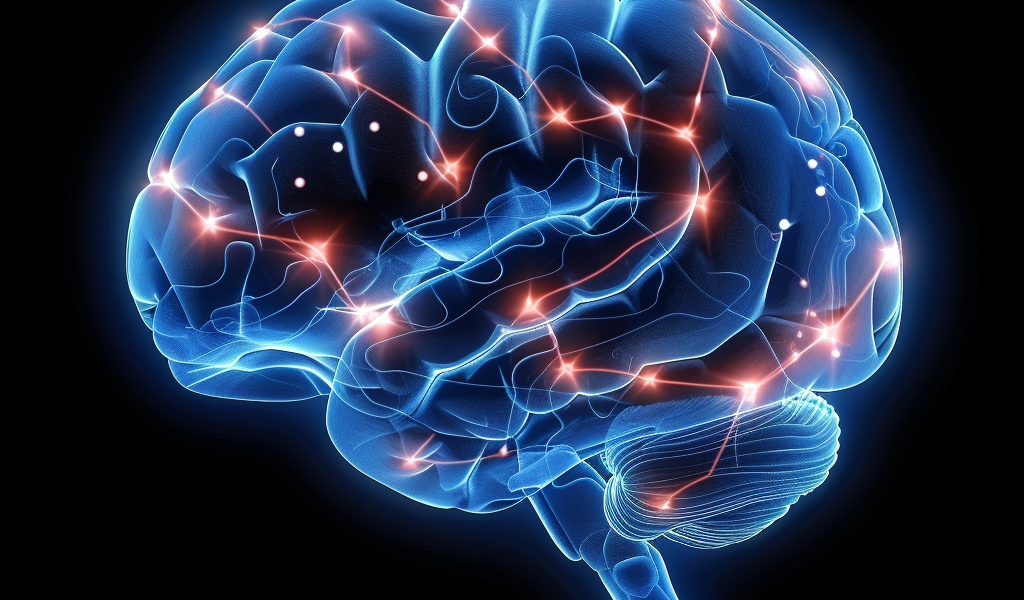A recent study has shed light on the emotional processing dynamics of individuals with treatment-resistant depression (TRD), revealing intriguing insights into how these patients respond to positive and negative stimuli. Researchers from Baylor College of Medicine utilized stereotactic electroencephalography (sEEG) to investigate the activity in the amygdala and prefrontal cortex of TRD patients, uncovering significant differences in emotional processing.
The findings suggest that TRD patients exhibit heightened sensitivity to negative stimuli while showing reduced responsiveness to positive ones. This imbalance in emotional processing could hold the key to developing more effective interventions for TRD, such as targeted deep brain stimulation (DBS) to correct these neural discrepancies.
Key Insights from the Study:
- Increased sensitivity to negative stimuli and decreased responsiveness to positive stimuli were observed in TRD patients.
- sEEG was used to measure precise neuronal activity, providing a detailed understanding of the brain regions involved in emotional responses.
- Deep brain stimulation (DBS) showed potential in modifying neural responses to emotional stimuli, offering a promising treatment avenue for TRD patients.
The study highlights that one potential contributing factor to depression symptoms is an emotion-processing bias, where individuals with depression exhibit stronger reactions to negative information compared to positive stimuli. While previous research has delved into understanding and addressing these neural mechanisms, there are still many unanswered questions in the realm of treatment-resistant depression.
Through the utilization of sEEG signals in the amygdala and prefrontal cortex, the researchers aimed to unravel the foundational abnormalities associated with depressive disorders. The study, recently published in Nature Mental Health, focused on bottom-up and top-down processing, crucial aspects of emotional responses that involve the amygdala and prefrontal cortex.
Bottom-up processing involves the interpretation of incoming sensory data, while top-down processing utilizes existing knowledge to make sense of sensory information. The amygdala and prefrontal cortex are key players in threat detection and response, processes that require a delicate balance between bottom-up and top-down processing for effective emotional regulation.
By comparing sEEG signals in the amygdala and prefrontal cortex of TRD patients with those without the condition, the study provides valuable insights into the aberrant emotional processing mechanisms in individuals with treatment-resistant depression.





